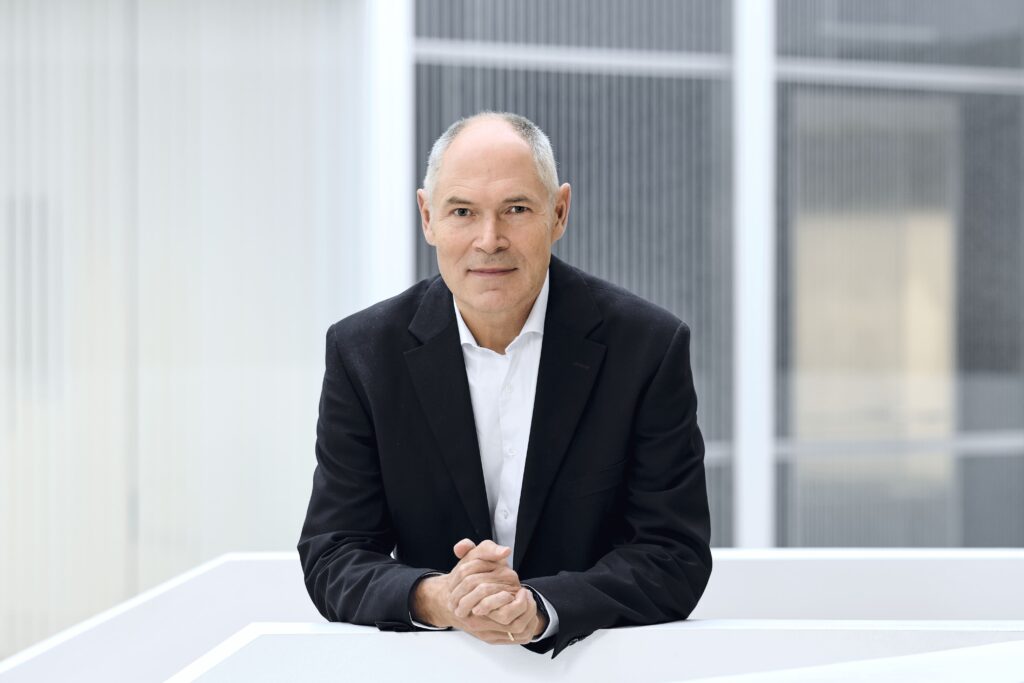By Muskan Arora
When it comes to running Sampension, its chief investment officer, Henrik Olejasz Larsen, draws from the Canada Pension Plan Investment Board’s focus on exposure to alternatives and hedge fund alpha-oriented add-ons to gain a full picture of the separation of alpha and beta.
Larsen, who joined the pension plan in 2007 after serving as ATF’s chief risk officer, has grown the pension plan from $16.4bn to $47.4bn while laying a foundation for alternative asset classes, particularly in its infrastructure and
commodities buckets.
The CIO considers listed equity as “opaque.”
“It may be that the first prospectus when a
company is going public is very thorough, but afterwards, you have given the
management quite a free reign of those companies,” said Larsen in an exclusive to interview with Markets Group. “Your optionality in
controlling what is happening is typically limited.”
Please Click Here to Register Now!
While most allocators consider structured credit to be complicated, he’s adopted a similar approach to the CPPIB’s strategy, increasing Sampension’s portfolio to more complicated structures of credit exposures than its peers, with acute attention paid to the underlying risks and economics.
Within credit, the plan has no direct exposure
to traditional private corporate credit, rather it directly invests in issues
from financial companies where it’s comfortable with the regulations. With specialized private credit, Larsen
focuses on leverage to loan funds and collateralized loan obligations where the underlying security is a portfolio of loans and in more
tailor-made, more complemented structures than most of its peers.
“You could buy the collateralized loan
obligation directly, but you could also really get more or less the same type
of risk by lending money to those managers that had to buy them and using those
loans that they bought as collateral,” he said, noting this type of structured credit allows the plan to gain a premium for the complexity and the loss of liquidity.
It helps to start off knowing the collateralized loan obligation, as well as having a good understanding of the managers before participating in such a transaction, he added.
In the current environment, one concern top of mind for Larsen is the economic consequences of the trade war and
de-globalization. To stave off any potential adverse affects, he said the pension plan is focusing on building inflation protection into its real estate sleeve.
When deciding between investing in developed and undeveloped projects, Larsen sees a clear winner. While infrastructure and real estate projects carry more risk in the development phase, he prefers real asset investments in completed projects, and finds the risks to be compensated with higher
returns.
And like many allocators in the region
– most of his real estate investment activities are domestic investments. One benefit to a domestic focus is that the government provides incentives to fuel investments in smaller growth companies in Denmark, but he also pointed out a domestic approach provides an easier way for the plan to source good deals with a low-risk factor.
“Whereas when we go further abroad, we will
meet higher management cost but then the management perhaps is also more
optimistic and active. However, the low risk we do domestically where we
understand the market directly, we don’t need the external management to the
same extent.”
Within direct real estate, the pension fund
is focused on commercial office and rental housing, avoiding the complexities that come with projects such as running retail shopping
centers and hotels.












